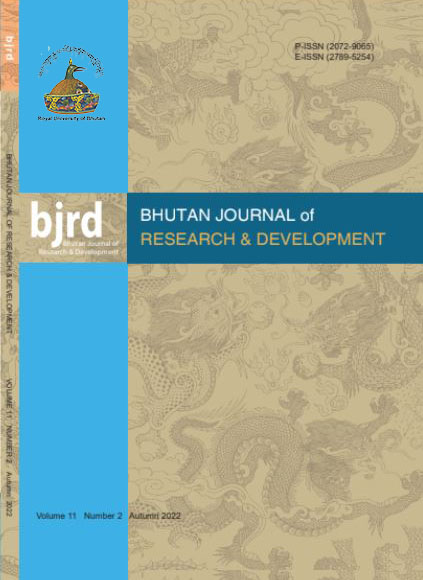Influence of principal’s instructional leadership on teacher performance in secondary schools of Thimphu district, Bhutan
DOI:
https://doi.org/10.17102/bjrd.rub.11.2.034Keywords:
Instructional leadership, teacher performanceAbstract
The purpose of this study was to determine the influence of instructional leadership on the level of teacher performance and to find out whether there was a statistically significant positive relationship between instructional leadership and teacher performance in the Lower secondary schools of Thimphu district in Bhutan. Both quantitative and qualitative methods were used; a quantitative approach was conducted by using PIMRS questionnaires adopted from Hallinger, (1983) for instructional leadership and the researcher developed questionnaires for the teacher performance to collect data. There were 185 respondents from 6 Lower second for delivering quality lessons aligning with the appropriate curriculum where teaching-learning takes an interview with the principal and one most senior teacher from each school. The data were analyzed by using descriptive statistics consisting of frequency, percentage, mean and standard deviation while content analysis was employed to analyze the interview data. The findings showed that the level of teacher performance was at the highest level and the instructional Leadership by the principal was at a high level. The data indicated there was a statistically significant positive relationship between Principals’ instructional leadership and teacher performance. Further, the results from the interviews supported statistical findings that teacher performance strongly correlated to instructional principals' action to delegate teachers to improve schools/Bhutan.Downloads
Published
How to Cite
Issue
Section
License
Copyright (c) 2022 Namgyal Tshering

This work is licensed under a Creative Commons Attribution 4.0 International License.
All articles published in BJRD are registered under Creative Commons Attribution 4.0 International License unless otherwise mentioned. BJRD allows unrestricted use of articles in any medium, reproduction and distribution by providing adequate credit to the authors and the source of publication.



